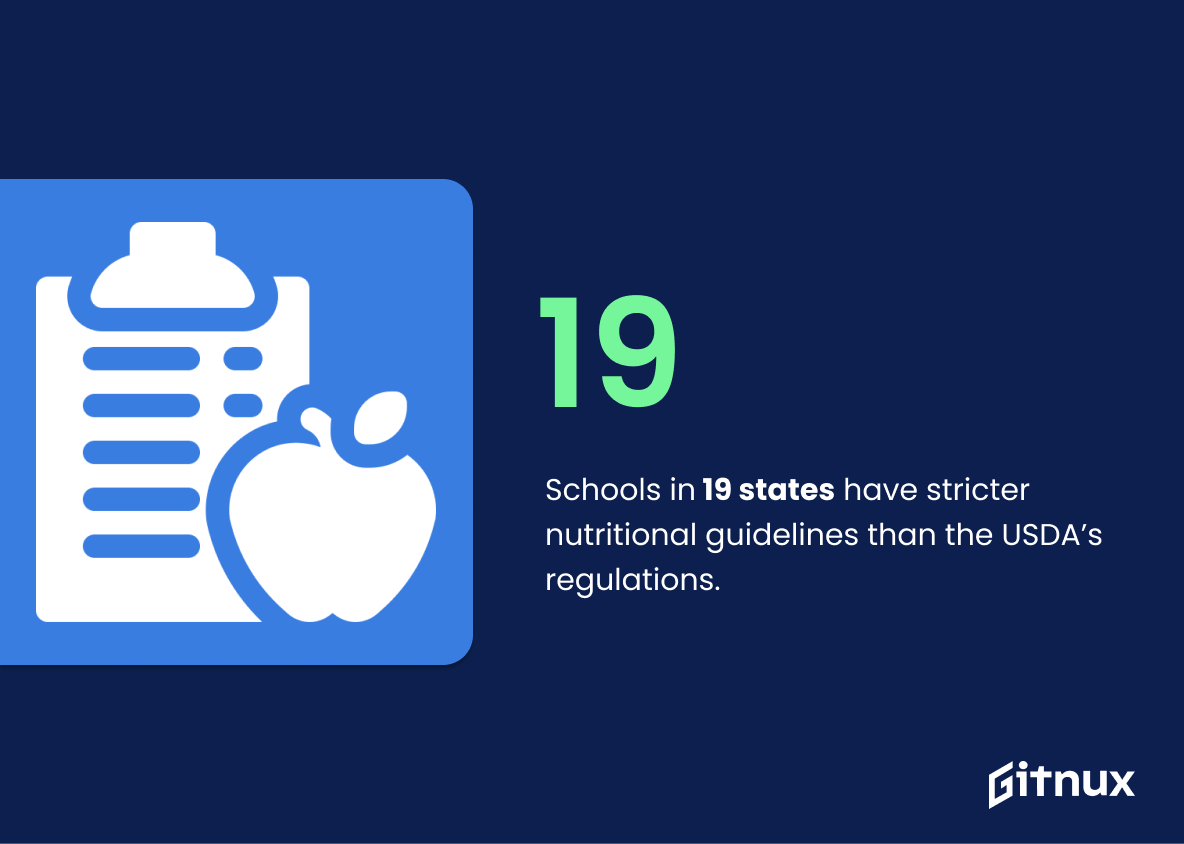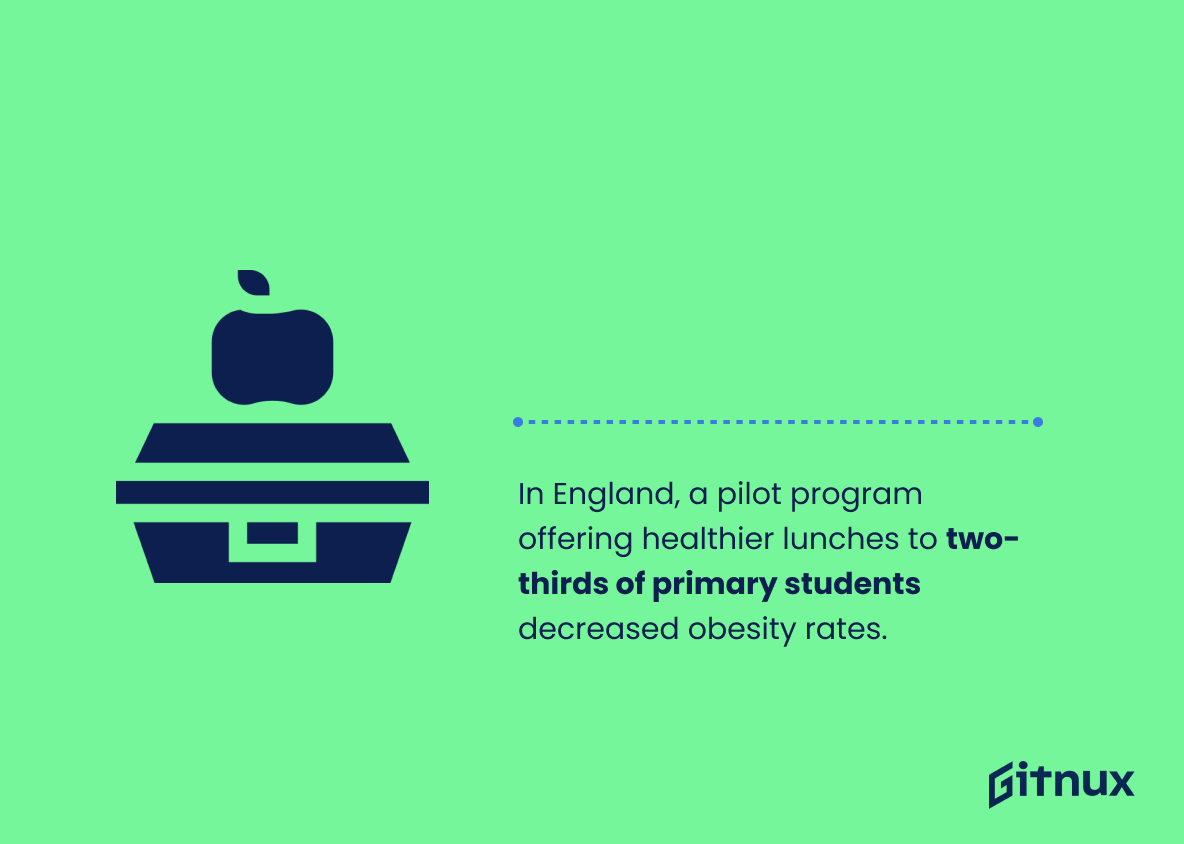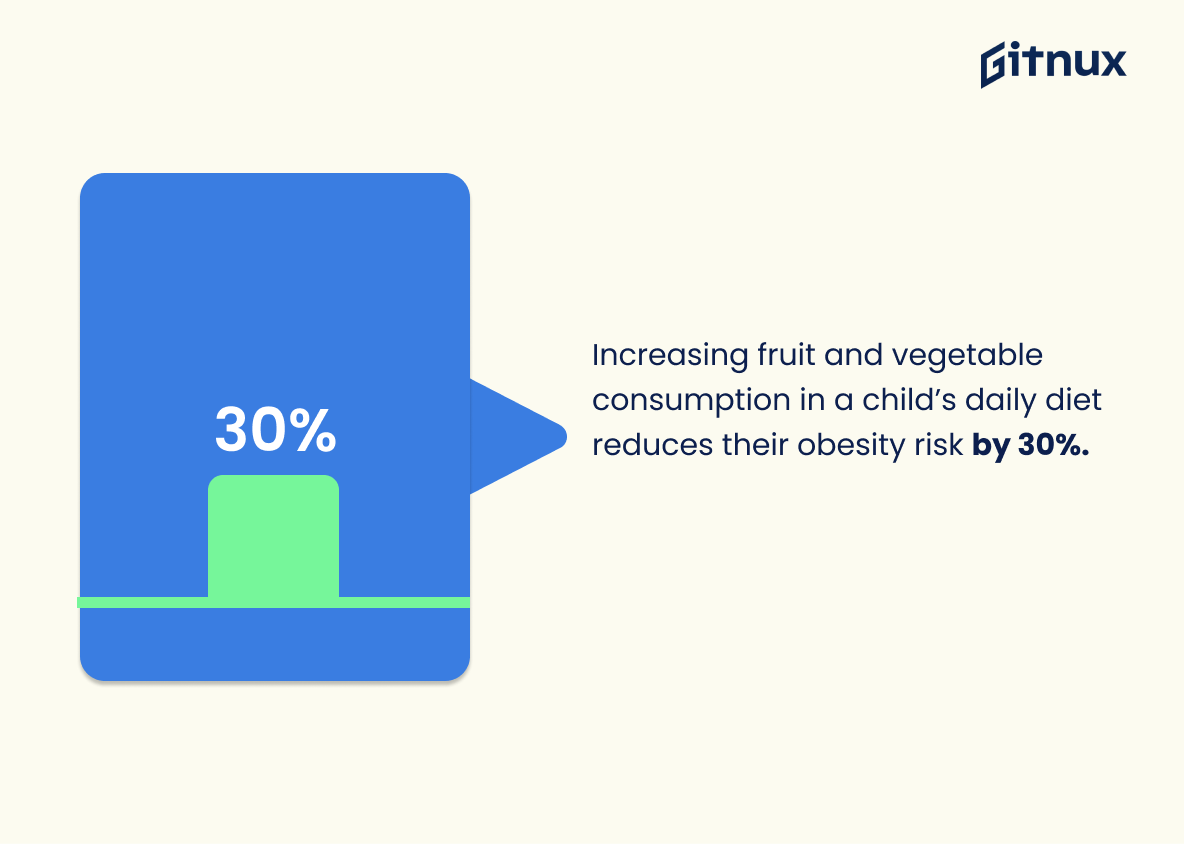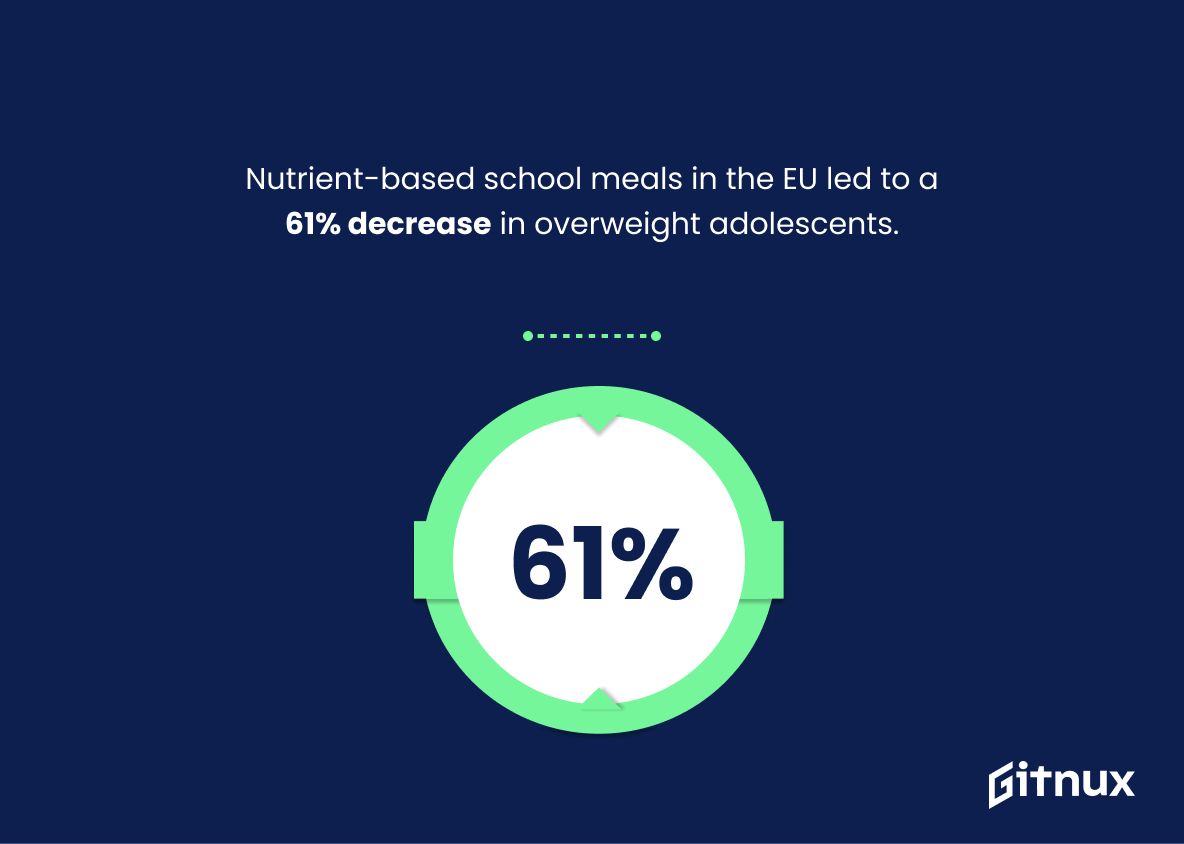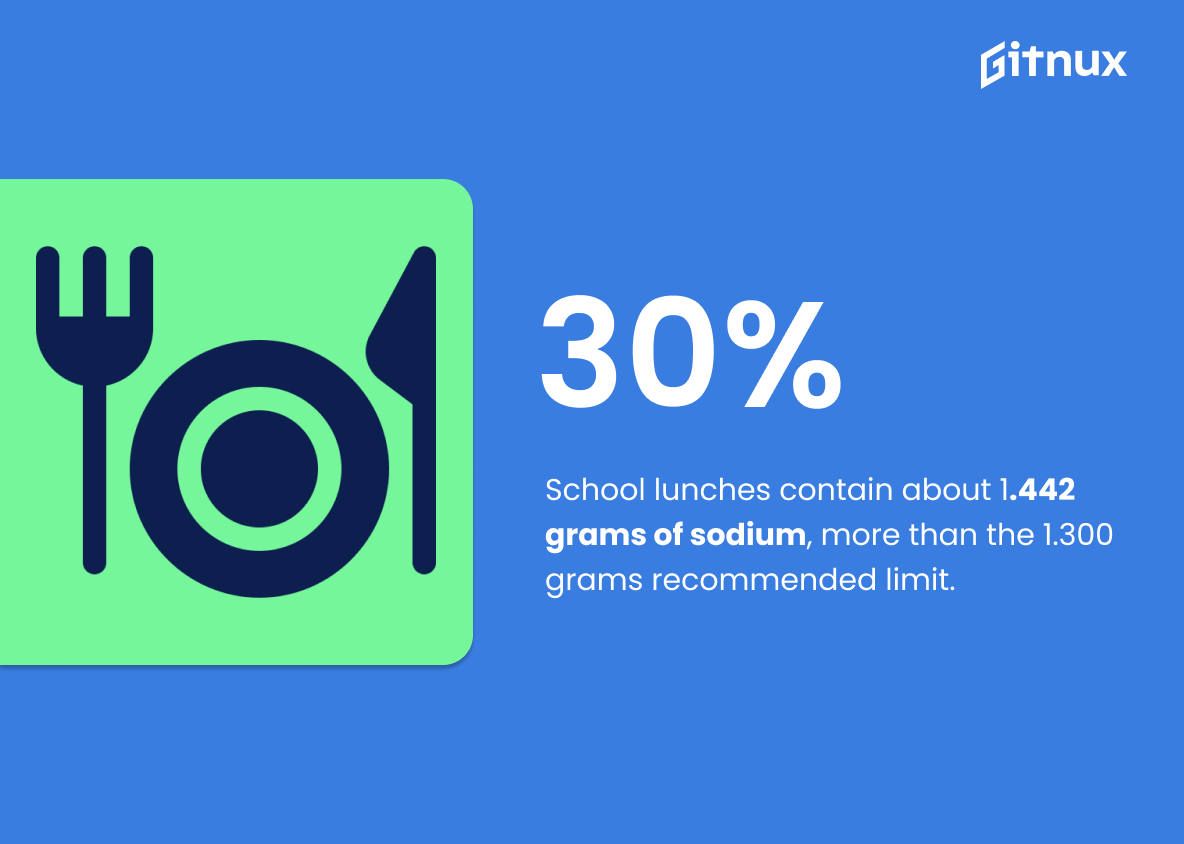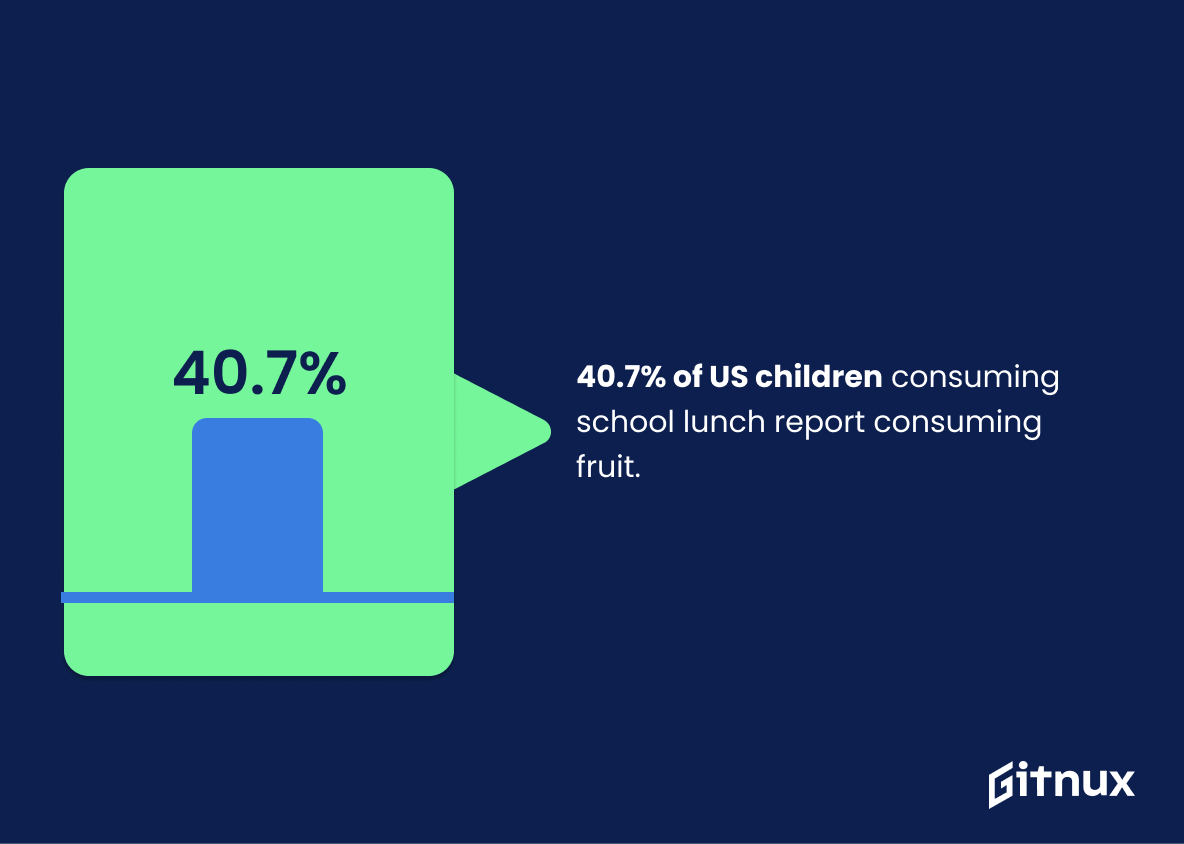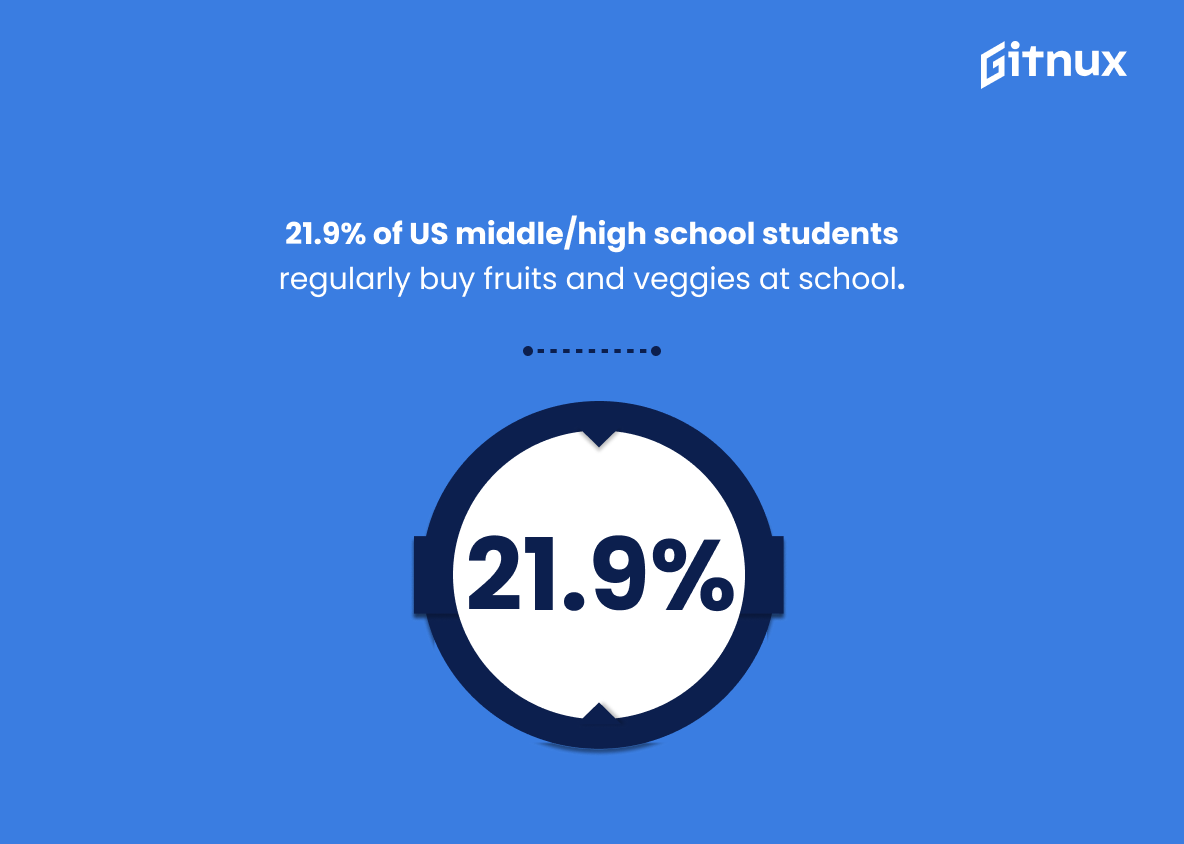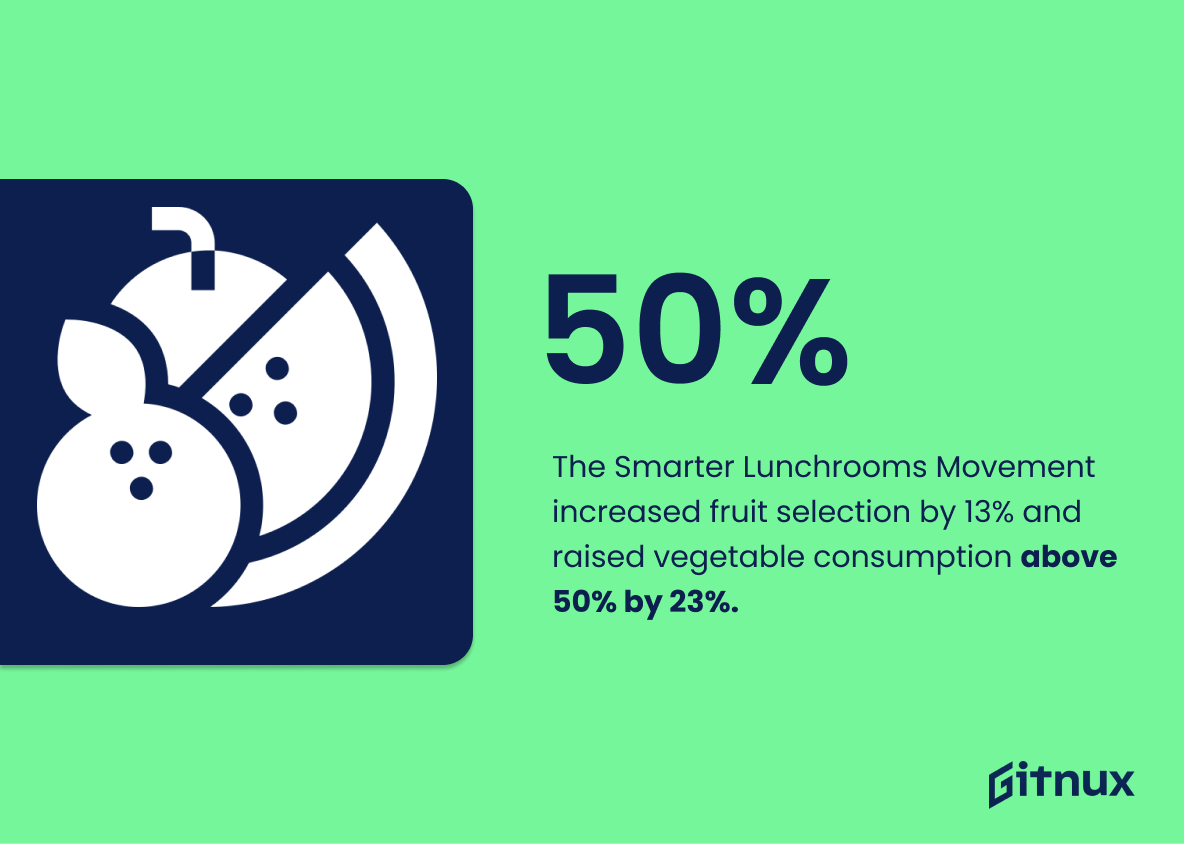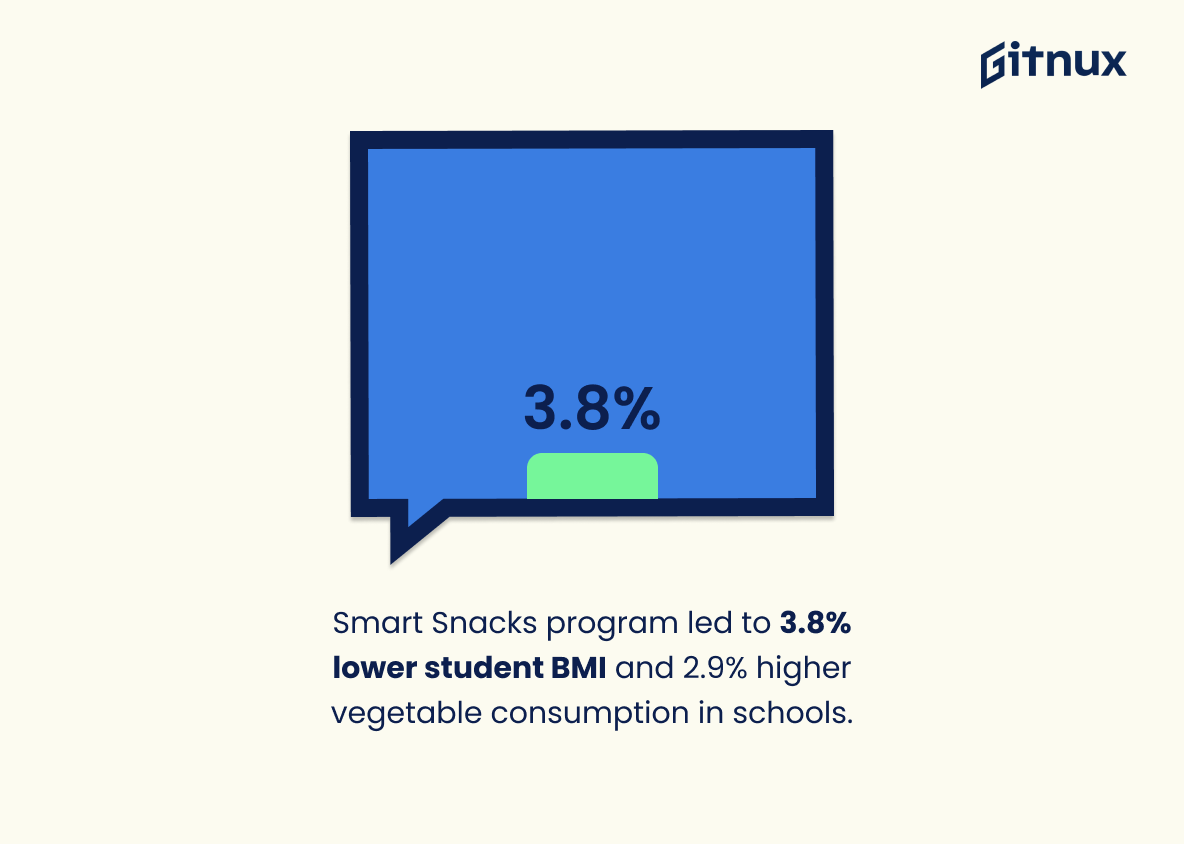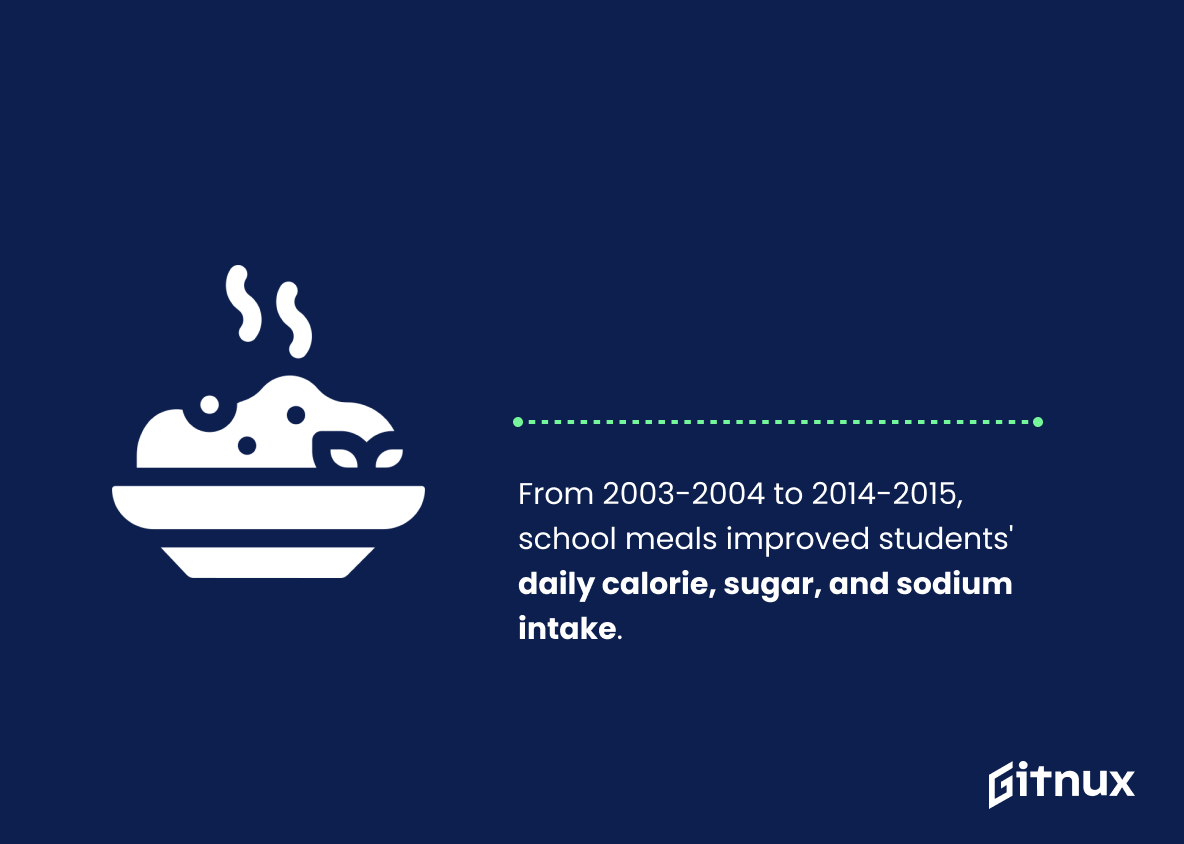School lunches have become a major topic of discussion in recent years, as the prevalence of childhood obesity continues to rise. With this in mind, it is important to understand how school lunch programs can affect children’s health and nutrition. This blog post will explore various statistics related to school lunches and their impact on childhood obesity rates around the world. We’ll look at data from countries such as the United States, England, Spain and EU nations that show how healthier meals offered through schools can reduce overweight or obese students by up to 61%. Additionally we’ll examine studies which demonstrate that unhealthy packed lunches brought from home contribute significantly towards daily calorie intake for many children. Finally we’ll discuss initiatives like Farm-to-School Programs and Smart Snacks Program which are helping improve nutritional quality of school meals across America while reducing student BMI levels by 3.8% overall.
School Lunches And Obesity Statistics Overview
Schools in 19 states have stricter nutritional guidelines than the USDA’s regulations.
This statistic is a powerful reminder that many states are taking the initiative to ensure their students are receiving the healthiest meals possible. It speaks to the importance of providing students with nutritious meals that can help them stay healthy and avoid obesity. It also shows that there is a growing awareness of the need to provide healthier options in school cafeterias.
92% of the kids with “packed lunches” from home brought unhealthy lunches.
This statistic is a stark reminder of the importance of providing healthy school lunches. It shows that when left to their own devices, the majority of kids are not making the best choices for their health. This highlights the need for schools to provide nutritious meals that will help children make healthier decisions.
In England, two-thirds of primary school students who received healthier lunches in a pilot program reduced their obesity rates.
This statistic is a powerful testament to the positive impact that healthier school lunches can have on reducing obesity rates. It shows that when students are given access to healthier food options, they are more likely to make healthier choices and lead healthier lifestyles. This is an important reminder that providing students with nutritious meals is an effective way to combat childhood obesity.
Increasing fruit and vegetable consumption in a child’s daily diet reduces their obesity risk by 30%.
This statistic is a powerful reminder of the importance of providing healthy school lunches to children. It highlights the fact that by increasing the amount of fruit and vegetables in a child’s diet, their risk of obesity can be significantly reduced. This is an important message for parents, teachers, and school administrators to take into account when planning school lunches and making decisions about what food should be served in the cafeteria.
Nutrient-based school meals in the EU led to a 61% decrease in overweight adolescents.
This statistic is a powerful testament to the positive impact that nutrient-based school meals can have on the health of adolescents. It shows that when students are provided with healthy, balanced meals, it can lead to a significant decrease in the number of overweight adolescents. This is an important statistic to consider when discussing school lunches and obesity statistics, as it demonstrates the potential for school meals to be a part of the solution to the obesity epidemic.
School lunches contain about 1.442 grams of sodium, more than the 1.300 grams recommended limit.
This statistic is a stark reminder of the unhealthy nature of school lunches, as it shows that they contain an excessive amount of sodium, far more than the recommended limit. This is concerning, as high sodium intake can lead to a range of health issues, including obesity. Therefore, this statistic serves as a warning that school lunches may be contributing to the obesity epidemic.
Children aged six to 12 who receive free school lunches are 29% more likely to be overweight.
This statistic is a stark reminder of the impact that school lunches can have on a child’s weight. It highlights the need for schools to provide healthy, nutritious meals to their students, as well as the importance of educating children about healthy eating habits. It also serves as a warning to parents to be mindful of what their children are eating, both at school and at home.
In Spain, schools that implemented the SI. Program, an intervention for childhood obesity prevention, found a 6% decrease in obesity rates among students.
This statistic is a testament to the effectiveness of the SI. Program in combating childhood obesity. It shows that with the right intervention, schools can make a real difference in the health of their students. This is an important reminder that school lunches can play a major role in the fight against obesity, and that investing in programs like the SI. Program can have a positive impact on the health of our children.
40.7% of US children consuming school lunch report consuming fruit.
This statistic is significant in the context of school lunches and obesity statistics because it indicates that a large portion of US children are making healthy dietary choices while at school. This suggests that schools are providing students with nutritious options, which can help to reduce the risk of obesity. Additionally, it shows that children are taking advantage of the healthy options available to them, which is a positive sign for the future of their health.
21.9% of US middle and high school students always purchase fruits and vegetables from school cafeterias.
This statistic is significant in the context of School Lunches And Obesity Statistics because it demonstrates that a substantial portion of US middle and high school students are making healthy choices when it comes to their school lunches. This indicates that there is potential for more students to make healthier choices, which could lead to a decrease in obesity rates among school-aged children.
Implementation of the Smarter Lunchrooms Movement intervention, resulted in 13% more children selecting fruit and a 23% increase in students consuming more than half of their vegetables.
This statistic is a testament to the effectiveness of the Smarter Lunchrooms Movement intervention in promoting healthier eating habits among students. It shows that the initiative has been successful in encouraging children to make healthier food choices, such as selecting fruit and consuming more than half of their vegetables. This is an important step in the fight against childhood obesity, as it demonstrates that it is possible to make a positive impact on the eating habits of students.
Schools that followed the Smart Snacks program had a decrease in student BMI by 3.8% and an increase in student vegetable consumption by 2.9%.
This statistic is a powerful testament to the positive impact that the Smart Snacks program has had on student health. Not only did it lead to a decrease in student BMI, but it also encouraged students to make healthier food choices, as evidenced by the increase in vegetable consumption. This is a clear indication that the Smart Snacks program is an effective tool in combating childhood obesity.
Characteristics of school meals improved significantly between 2003-2004 and 2014-2015, in terms of the participating students’ daily intake of calories, sugar, and sodium.
This statistic is a testament to the positive impact that school lunches can have on the health of students. It shows that when schools make an effort to provide healthier meals, students can benefit from improved nutrition. This is an important point to consider when discussing the correlation between school lunches and obesity statistics, as it demonstrates that providing healthier meals can help to reduce the risk of obesity in students.
Conclusion
The statistics presented in this blog post demonstrate the importance of providing healthy school lunches to children. The data shows that unhealthy school lunches contribute up to 30% of a child’s daily calorie intake, and can lead to an increased risk for obesity. Additionally, schools with stricter nutritional guidelines than those set by the USDA have seen decreases in student BMI and increases in vegetable consumption. Furthermore, programs such as Farm-to-School initiatives and Smarter Lunchrooms Movement interventions are helping reduce childhood obesity rates across the US. It is clear from these findings that improving access to healthier meals at school could be key in reducing childhood obesity rates nationwide.
References
0. – https://www.www.delightedcooking.com
1. – https://www.www.ncbi.nlm.nih.gov
2. – https://www.bmcpublichealth.biomedcentral.com
3. – https://www.sites.psu.edu
4. – https://www.www.statista.com
5. – https://www.cspinet.org
6. – https://www.journals.plos.org
7. – https://www.www.jhsph.edu
8. – https://www.www.theguardian.com
9. – https://www.www.cambridge.org
10. – https://www.ec.europa.eu
11. – https://www.www.apha.org
